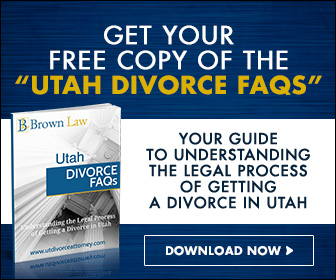What Is a Protective Order?
Restraining Order/Protective Order/Civil Stalking Injunction. These terms are used pretty interchangeably by most people, and with good reason: they’re all pretty similar.
But, in the law, similar is not the same. Each is a little bit different, and you use them differently to fit particular situations and to address particular problems.
A protective order is used when you need to keep someone away from you because that someone has harmed you, or has threatened you and you have a legitimate fear of being harmed.
The nice thing about protective orders, as opposed to a restraining order, is a protective order has teeth to it. What I mean is if you get a protective order and the other person violates it, he or she can go to jail for that violation and face criminal charges.
(Restraining orders don’t have teeth like a protective order because if you violate a civil restraining order, you will be punished civilly. This really means you won’t be charged with a crime or go to jail.)
Who can get a Protective Order?
So, who can get a protective order?
The vast majority of the time it’s people who: (1) are related, (2) live with or used to live with each other, (3) are parents of a child together, or (4) are pregnant by the person against whom the protective order is sought.
What do you have to prove to get a protective order?
Say you qualify as a person who can get a protective order; what do you have to prove to get one?
You have to prove you were harmed or you have a legitimate fear of being harmed. (Keep in mind that this fear can’t be a fear about way in the future. It has to be fear of pretty immediate harm.)
Harm can include:
- Hitting, kicking, pushing, pulling hair, using a weapon, or other types of physical attacks.
- Stalking, harassing, kidnapping, sexual assault.
- Restricting movement, or stopping someone from calling for help.
- Breaking things or throwing things to intimidate.
- Trying or threatening to do any of these things.
What do you have to fill out to get a protective order?
To get a protective order you start by filling out a Request for Protective Order.
In your Request, you tell the Court what you want (e.g., that the other person stay away from you and your home) and why you think a protective order is necessary.
The explanation must lay out specific facts and incidents that prove you have been harmed or have legitimate fear of being harmed. Be specific and detailed in what you write.
What happens after you file for a protective order?
After you’ve filled out your Request, you file it with the Court. If a judge thinks what you’ve written is sufficient, the judge will grant what is called an Ex Parte Protective Order. Ex parte means “without a hearing.”
You will then need to serve the other person with your Request and the Ex Parte Protective Order. If you do not serve him or her, the Court will not grant a permanent protective order.
Within about two weeks of receiving your Ex Parte Protective Order, you will have a hearing in court to discuss making your protective order permanent.
Before a hearing, the person you want the protective order against will have the opportunity to respond in writing to the allegations made.
At the hearing, you and the person you want the protective order against will have a chance to explain what happened. You will argue why you think a protective order is necessary, and the other person will have an equal chance to say why it’s not.
If the court agrees with you, it will enter a permanent protective order. If the court agrees with the other person, then the protective order will be dismissed.
(Hopefully, this has helped explain what a protective order is. For a more in-depth explanation, click here.)





